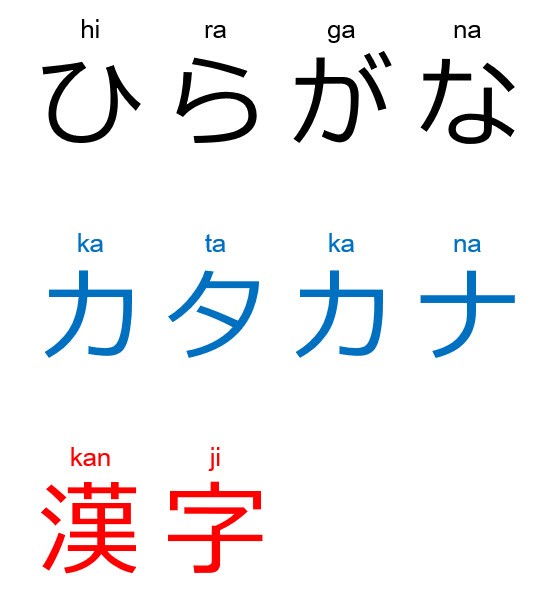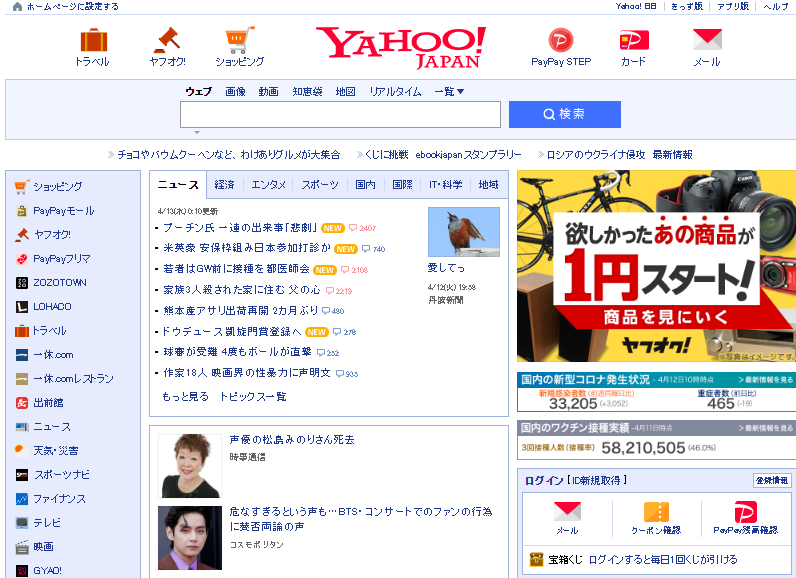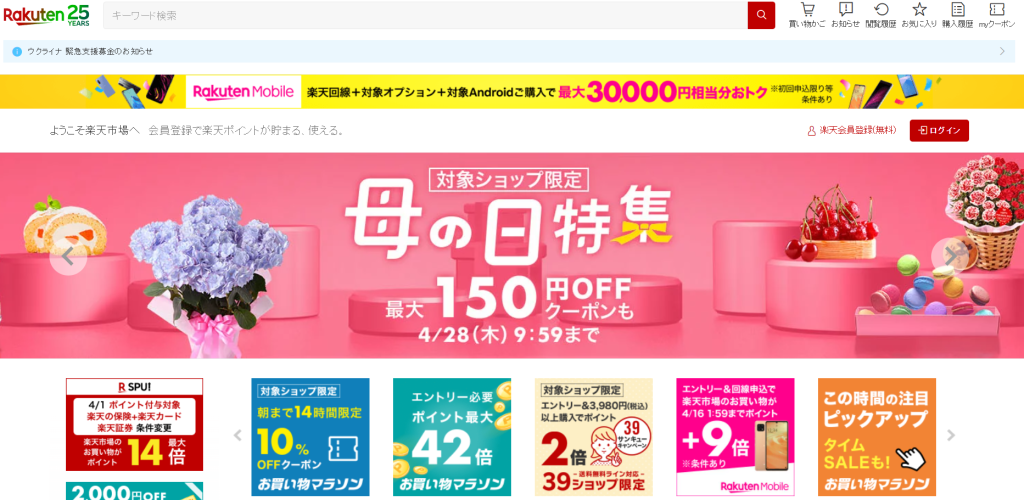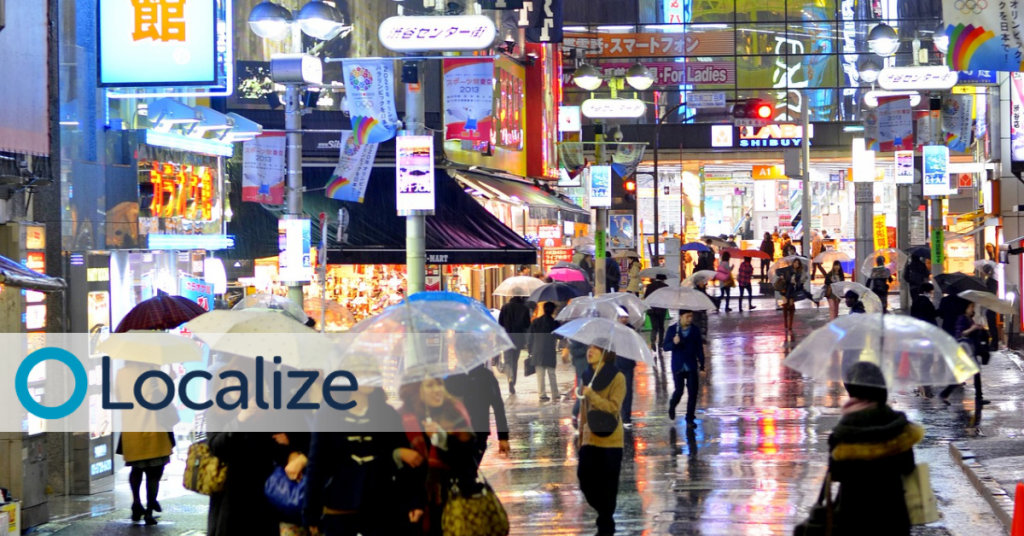Table of Contents:
As one of the world’s leading industrial powers, Japan is an important market for many international companies. Japan offers a stable market that encourages trade and foreign investment.
Website localization strategy for Japan depends on successful translations, adequate cultural understanding, and good UI design. In this guide, we’ll share best practices for translating and localizing a website for a Japanese audience.
Why Localize for Japan?
Japanese is one of the most complex languages worldwide, so localizing for Japan can be a real challenge. But it’s worth it. Here’s why:
- The Japanese market is one of the most lucrative eCommerce markets in the world. Japan’s eCommerce market is forecast to reach US$ 3.4 billion by 2025.
- Japan is the world’s third-largest economy.
- The country’s large and affluent population (125 million) means it is one of the world’s largest consumer markets.
- Japan has an industrious and well-educated workforce.
- Japan’s infrastructure is advanced: most people in the nation have internet access and participate in online shopping.
Consider breaking into this high-value market to increase your revenue, traffic, and conversions.
Before You Start: Things to Know About the Japanese Language
Step one of your Japanese localization project is to translate your content into Japanese. Surprisingly, the translation process takes much longer than for most other languages. Achieving a high-quality Japanese translation takes time.
Before you begin your translation project, here are some things you should know about the Japanese language.
Japanese Is Complicated
Japanese is a unique and complex language. Unlike English with its single alphabet, Japanese has 3 character sets:

Most Japanese sentences are made up of a combination of kanji and hiragana. Pronoun Differences
In English, choosing the right pronoun to use is simple, but that’s not the case in Japanese. Some Japanese expressions do not provide any clues about the gender of the person being referenced. There are also several forms of popular pronouns like “I” and “you.”
- How to Say “I” in Japanese
There are different ways to say “I” depending on the situation:- watakushi わたくし — very formal
- watashi わたし — formal
- boku (male) 僕, atashi (female) あたし — informal
- ore (male) 俺 — very informal
- How to Say “You” in Japanese
There are also different ways of saying “you” depending on the circumstances:- otaku おたく — very formal
- anata あなた — formal
- kimi (male) 君 — informal
- omae (male) お前, anta あんた— very informal
- How to Say “I” in Japanese
Japanese Is Different From Latin Languages
English and Japanese have different linguistic origins. So, many words in English don’t have a direct translation in Japanese and vice versa.
Word Order is Different
The order of words in Japanese is completely different from English. Most European languages follow the SVO (Subject-Verb-Object) arrangement. In contrast, the Japanese language uses SOV (Subject-Object-Verb) arrangement. Here’s an example:
- English:
I think that the girl who wears glasses is beautiful. - Japanese (when translated into English):
I glasses wore girl is beautiful that think. (Watashi-wa megane-o kaketa onnanoko-wa kireida to omou.)
- English:
Challenging Verb Tenses
English grammar has three tenses – past, present, and future. In contrast, the Japanese language uses only two tenses – past and non-past. When describing either the present or the future, the non-past tense is used.
No Plural Nouns
Japanese nouns don’t differentiate between singular and plural forms. This means Japanese readers must understand the context of the words in a sentence to determine if a noun is singular or plural.
No Spacing Between Words
Japanese writing doesn’t have any spaces between words. Instead, sentences follow a regular pattern, which makes it possible to differentiate words.
Top 3 Challenges of Japanese Translation
Now that you know more about the Japanese language, one thing is certain: translating and localizing for Japan can be tricky.
Here are the top 3 challenges most localization teams face when translating their content to Japanese.
1. Translation Difficulty
Japanese is one of the most complicated languages in the world for a non-native speaker. It’s structurally different from English, has far fewer words, and is missing a definite future tense. The complexity of the Japanese language earns it a place on the list of the most difficult languages to translate.
2. Alphabet Complexity
Japanese has three independent writing systems, and each one has its own alphabet.
- Kanji consists of more than 2,000 complex characters that originated from Chinese. Kanji is logographic, which means each character represents a concept.
- Hiragana has 46 characters. While kanji characters represent concepts, hiragana characters function more like English letters. They don’t have intrinsic meaning—they only represent sounds.
- Katakana’s main function is to transcribe “loanwords,” which are words imported from a foreign language. Many of these come from English.
3. Unique Cultural Context
It’s crucial to pay attention to the cultural nuances of the Japanese language. Otherwise, you might miss important translation context. For example, American English can be rather informal and contain slang. In contrast, Japanese has a greater sense of formality and politeness. A translation that is too informal might sound very strange to your Japanese customers.
Tips for High-Quality Japanese Translations
Here are some helpful pointers to help you translate a website for the Japanese market.
Hire a Fluent Translator
While Westerners are more likely to shrug off minor imperfections in translated content, the Japanese have higher standards. Free machine translation tools like Google Translate won’t provide high-quality Japanese translations. To avoid getting a major headache when translating and localizing for Japan, hire the best Japanese translator or LSP you can and use an appropriate style guide and glossary.
Avoid Literal Translations
Many words and phrases used in Japanese writing do not correspond to words and phrases in English. This makes it quite difficult to translate from Japanese into English and vice-versa. Instead of literal translation, use transcreation to recreate the source text with different wording. Some words and brand names can have a completely different meaning in another language, so you’ll have to get creative. If not, errors can happen. For example, here are some missteps made by Taco Bell:
- Cheesy Chips was translated as Low-Quality Chips
- Crunchwrap Supreme was translated to Supreme Court Beef
- We’ve got nothing to hide became What did we bring here to hide it
Understand the Local Culture
Your translation partner also needs to fully understand Japanese culture and consumer preferences. If you don’t pay attention to Japanese culture, your marketing campaigns might fail. For example, Japanese homes are typically much smaller than American homes. So, a company selling interior accessories needs to be mindful of which products they market to Japanese homeowners.
Optimize SEO
Your online content needs to be optimized for search engines to be effective. When an English website is translated to Japanese, it also needs to be optimized for searches in Japanese. The right keywords need to be identified to help the site rank in search engines.
Test Locally
Japan has a mostly homogenous ethnicity with over 90% of the population being of Japanese origin. It’s extremely important to test a localized website with the help of locals to get a better idea of how it will perform with a wider audience.
Obey Local Laws
In Japan, you should be careful of what you say in your marketing materials. Japan’s Act Against Unjustifiable Premiums and Misleading Representations prohibits marketers from making any claims about a product unless there is sufficient proof to support their claims.
Website Localization: 7 Tips for Designing for Japan
Translation is the first step in an effective localization strategy. You’ll also need to adapt your website’s user interface (UI) for your Japanese audience.
Japanese websites have a unique aesthetic. To foreign audiences, Japanese web design might look chaotic, cluttered, and overly bright. But for Japanese audiences, the function of a site is a lot more important than the form.
Here’s some advice to help you localize website UI for Japan.
1. Allocate a Lot of Space for Information
Japan has a low-waste culture. This applies equally to space at home or food on the plate. This thoughtful resource usage is also evident in the digital world. It’s rare to see much empty space in Japanese web designs. Japanese websites contain a high amount of text, lots of images, and multiple banners.

2. Clutter is OK
Most Japanese sites have crowded layouts. Text is scattered everywhere, there are dozens of banners and images, and different kinds of products are displayed together. This is what the typical Japanese consumer is used to.

3. Provide Detailed Navigation
Site navigation is important for Japanese localization. Provide as much extra detail as possible, such as:
- Color transition where the user hovers.
- A small arrow/caret and underline for links.
- Clear menu icons.
- Contrasting colors to highlight something important.
- A highly visible search bar.
4. Localize All Site Elements
Be sure to localize all elements of your site, including dates, time formats, and numbers. In addition, you should localize currency to the yen (JP¥) and make sure you include popular payment methods for your Japanese audience.
5. Be Careful About Fonts
In English, your choice of font has minimal impact on page loading speed. This is because the file size of a font family is usually below 500KB. However, when aiming for successful Japanese localization, a poor font choice could cause a slow loading speed.
6. Create Bold Visual Elements
The secret of successful Japanese UI design is not to be hesitant about overdoing things. Japanese people prefer to read content that’s rich in graphics. An extra detail, color, or infographic can make all the difference.
7. Embrace Color
Japanese graphic design involves intense colors and well-defined visual identities. Bold colors are common. Japanese graphic designers tend to focus on warm golds, reds, and even black.
Localizing for Japan: Conclusion
Translating and localizing for Japan can be more challenging than translating into Western languages. That’s why we recommend using a translation management system (TMS) to localize your website for a Japanese audience.
A TMS like Localize uses both human and machine translation to deliver fast, accurate translations. Localize offers a powerful set of automated tools and features that make it simple to launch, translate, and manage your international websites and apps.
From Microsoft to Cisco, Localize helps hundreds of companies manage translations for their global marketing launches. To learn how we can help you meet your Japanese localization goals, contact us today.







